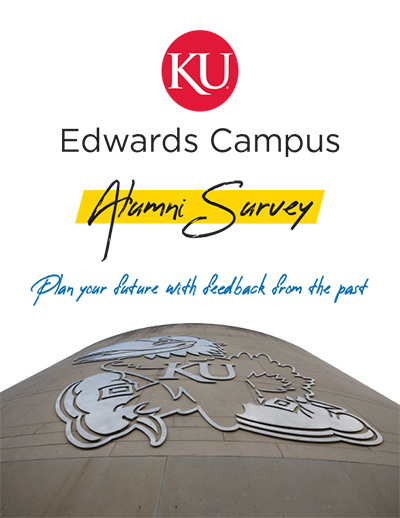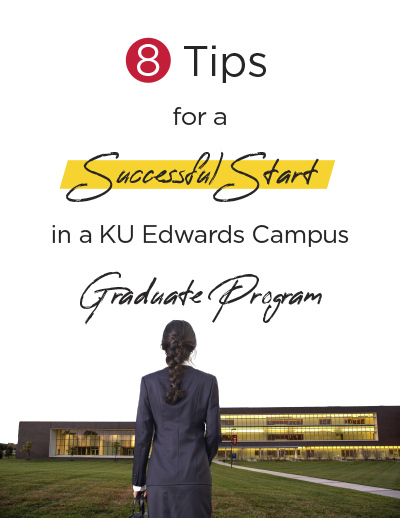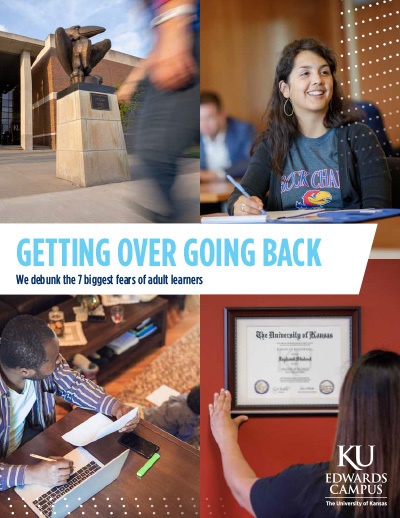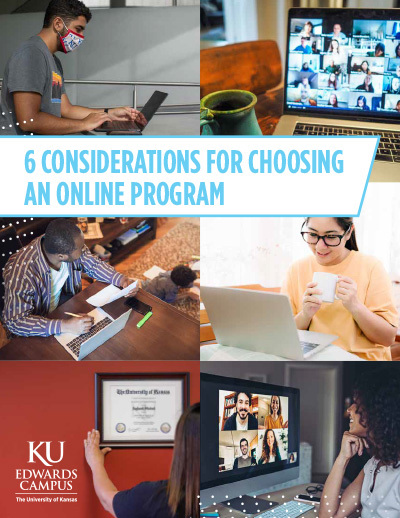Q+A: Teaching Excellence Award winner Scott Schulte on community resilience, floodplain restoration, and working with environmental students
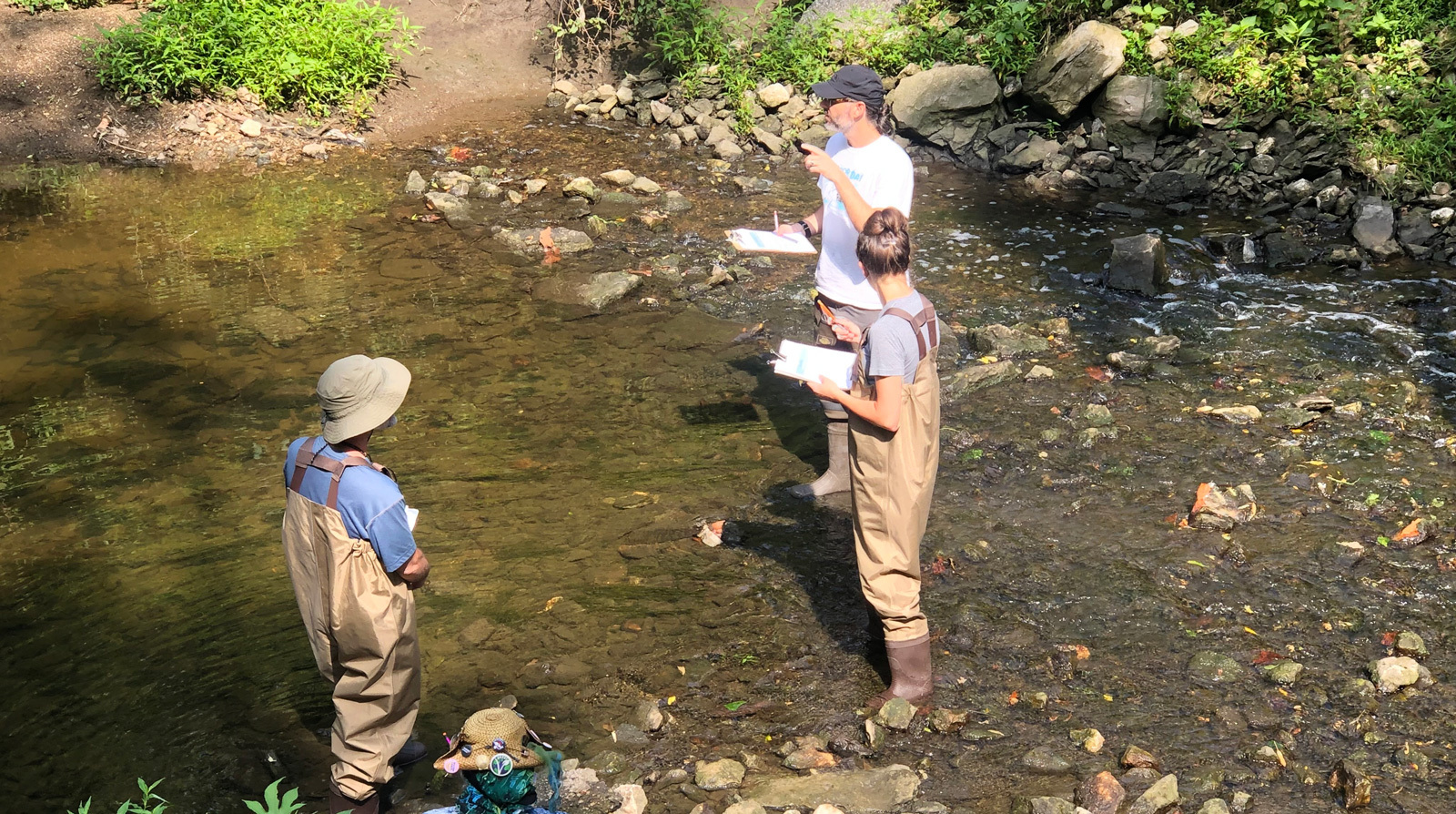
Scott Schulte is an assistant professor of the practice at the KU Edwards campus in the Professional Science Masters and Environmental Assessment (PSM-EA) and the Undergraduate Environmental Studies degree completion programs. He is new to this full-time position, but not new to teaching. He was an adjunct lecturer for 12 years, teaching for five years in the urban planning program at KU in Lawrence before joining the Professional Science Masters in Environmental Assessment at KU Edwards in 2015.
Schulte recently received a KU Edwards Campus Lecturer Teaching Excellence Award for his work. We spoke to him about his work focusing on community resilience, floodplain restoration, and more.

Could you talk a little about the community resilience initiative you’re doing with the environmental students?
While thinking about the state of the environmental field, our desire to do more sustainability work, and the pushback we were receiving on sustainability planning, I came to a conclusion: We need to focus on resilience. We need to focus on creating resilient communities as the practical core of sustainability.
In 2018 I started working with Terri Woodburn, our program director, to develop the Community Resilience Course – an applied research course where we could work with students in actual communities in the region. Our plan was to develop a resilience screening framework, deploy it in the field, and implement student-led preliminary resilience screenings and plans for real-world communities. We then use that field work to build our body of knowledge on community resilience and to refine the framework so that it can be used by others.
As we as we build up our Community Resilience offerings, we hope to add a certificate to the program offerings. Because there are very few community resilience programs in the country, we are filling a niche that is pretty cutting-edge as well.
What does this year’s Community Resilience project entail?
Kansas City, Missouri, alone has, I think, upwards of 18,000 vacant lots in the city. It's a huge problem at the city level, and it's a problem at the neighborhood level because these vacant lots often become blank spaces for dumping and other undesirable activities.
This semester, our focus is to try to find the lots that are vacant because they’re being retaken by nature, like old stream corridors and flood-prone areas that shouldn't be redeveloped. We want the city and its neighborhoods to focus on redeveloping properties that can go back to being productive areas for housing and commercial use, while we create natural spaces for habitat restoration, for agriculture, for parks and recreation.
As we build up our community resilience offerings, we hope to add a certificate to the program offerings. There are very few community resilience programs in the country, so we are filling a niche that is pretty cutting-edge as well.
I'm working with our team to scale down the resilience framework and our assessment and planning work to a neighborhood level. Once at that level, we will assess the Palestine neighborhood in the eastern side of Kansas City, Missouri. On paper it looks like an eight-square block that was platted, but never built. It's an old stream channel remnant where everything goes – construction and demolition dumping, commercial and residential trash dumping, urban agriculture, and of course – kids playing.
The Heartland Conservation Alliance is working with the Palestine neighborhood on a restoration plan for that corridor which will include a neighborhood-led urban agriculture restoration habitat. Once that’s established, my students are going to come in and do a neighborhood resilience screening to make a plan for the surrounding neighborhood and community.
Our class work with the Palestine neighborhood coincides with the related work we are doing on behalf of the Edwards campus to help other neighborhoods throughout Kansas City. The Mid-America Regional Council obtained a grant to do neighborhood resilience planning with a number of urban core neighborhoods in KCK and KCMO. We wrote a letter of support pledging, on behalf of KU and the Edwards campus, to provide our Neighborhood Resilience screening framework for them to use.
Once we tailor the resilience framework to the neighborhood level, we can work with neighborhood groups who can use our framework to assess their neighborhoods and their existing resilience, then identify strategies to build resilience for the future.
The neighborhoods are very, very on board with this effort. They want those usable, community spaces.
You and the environmental students, along with a host of others, are also working on restoring floodplain forests to mitigate flooding and climate change.
The floodplain reforestation initiative that we're working on will be focused around the entire Mid-American Regional Council region. We're starting in the Blue River watershed which covers Kansas City, Overland Park, and Johnson County. That’s where much of the planning, design, recreation, and restoration work has been done by partners over the last 15 to 20 years.
We're the only region in the country that's focusing on our floodplain forests, and KU is pioneering this important work. We collaborated with a team of our Ph.D. candidates and several master's students from K-State who have definitively shown the value of preserving and restoring floodplain forests to reduce flooding. It's groundbreaking that preserving the floodplain vegetation that's already there is the best way to reduce flooding in the future.
At the beginning of that process, the conventional wisdom was that nature-based solutions wouldn't matter for carbon reduction; that they were window dressing. But when we mined the data from the Mid-America Regional Council, we realized we're actually removing hundreds of thousands of tons of carbon dioxide from the atmosphere – right now – with the trees we have in the floodplains. If we restore those forests, we can mitigate a couple of megatons per year – a big chunk of our estimated remaining emissions in 2050.
How can students benefit from these hands-on experiences?
We really want to give our students the opportunity to have authentic experiences in real-world communities. That's the goal with our Community Resilience class. There was no accepted community resilience framework out there that was more broad-based and long-term. One of my goals with the class was to create a framework that could be used by a variety of communities across the country. Communities could then tailor it using metrics based upon their ability, their community, and their budget.
It made sense to get students involved, and producing these real-world products that make a difference is very rewarding. Creating plans and assessments that are being used by the communities in which we've been working – that authentic, real-world research and development – is something that they really enjoy.
I think the most rewarding moment is when students tell me they've had that transcendental moment of education, that moment where they realize, “Oh! This is why we're doing this. This is why it makes a difference.”
Apply for the Professional Science Masters and Environmental Assessment master’s program at KU Edwards.
